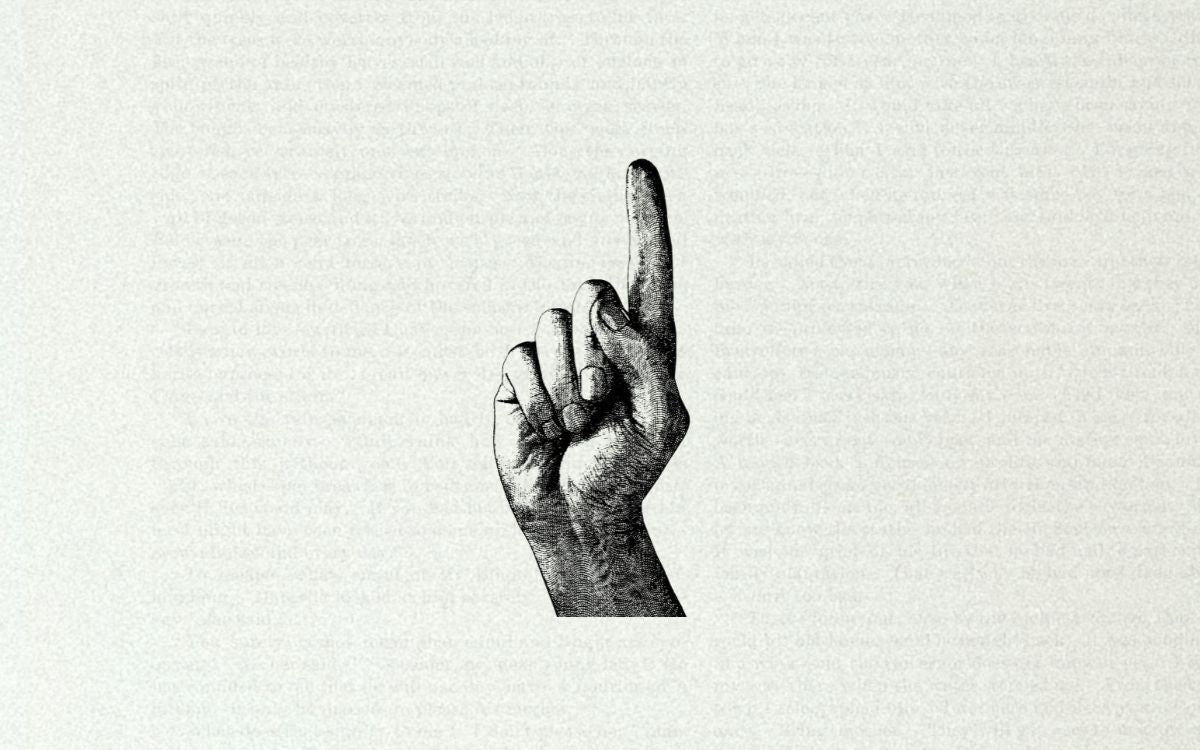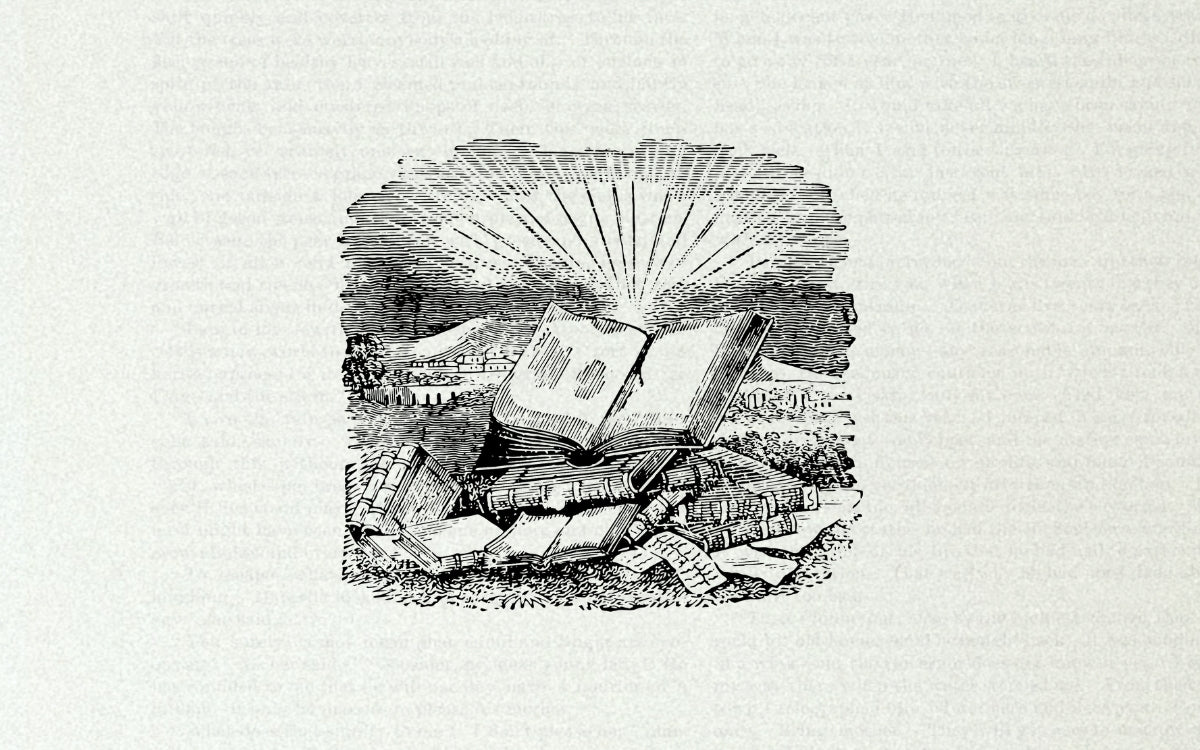From the outside looking in, the Bullet Journaling Method can feel intimidating. The interpretations range from super elaborate, to hyper minimal. No two bullet journals look the same, so it can be hard to understand what it actually is, or where to begin. The most common question I get about Bullet Journaling is: “Where do I begin?”. Let's kick off your Bujo journey with 5 tips to quickly get you set up with your own Bullet Journal practice.
1. Watch the 4 min tutorial
If you’re new, or need a refresher, I invite you to watch the 4 min tutorial video. It’s a quick overview of the touches on some of the main tools. It’s a great place to get started. Many are surprised by the video, especially when compared to what they’ve seen elsewhere.2. Set Your Intentions
A tool is only as valuable as its ability to serve you. The Bullet Journal Method is at heart a toolkit. To get the most use out of these tools, you have to figure out how they can best serve you. Start by asking yourself:“Why am I watching this video?”
“What brought me here?”
“What was I looking for?”
Try to trace your curiosity back to its origin. Chances are, you discovered The Bullet Journal Method while trying to find a solution to a specific problem. Perhaps you wanted to be more organized, or productive, or creative, or mindful. Whatever your need may be, start by defining it. Use your challenge or aspiration to set an intention for your BuJo practice.
To do this, simply write down what you want to get out of BuJo. Maybe it's a few sentences, a brief mission statement, or a bulleted list. Just make sure that it's based on your lived experience.
Most productivity tools and methodologies fail because we "should" ourselves into them. I should read more, I should be more organized, I should journal. Maybe, but why get organized? Again, a tool is only as good as its ability to help you fix what's broken, or build what's needed.
Defining your need will allow your BuJo practice to serve a real purpose from the very beginning. That's critical for it to work. Don't worry, you can - and should - change your intention whenever you need to, so don't overthink it.
Here are three common examples
“I intend to use my bullet journal to be more organized”
“I intend to use my bullet journal to be kinder to myself”
“I intend to use my bullet journal to focus on what I can control”
You can use whatever intentions make sense to you, just be sure to write them down. You can use them as anchors if you feel like your practice is drifting. Plus it’s fun to see how your intentions change over time.
One tip: Though there are no wrong intentions, make sure that your intention does not have an outcome. A big part of Bullet Journaling is focusing on the process. Your intention is there to give you a direction, not a destination.
3. Record your thoughts
Once you've set your intention(s), start by capturing your thoughts related to your focus in your notebook throughout the day. If you're using BuJo to help you weather depression, record things you're grateful for as they happen. If you’re overcoming trauma, you can log events that trigger you. If you're trying to be more productive, write down things you have to do as they come up.
Notice I didn't say "write down all the things you need to do ahead of time." Though you’re welcome to, when getting started the important thing is to form the habit of capturing your thoughts as they bubble up. No planning, no templates, no stickers — simply capture your thoughts on paper. In the beginning, that’s all you have to do.
When starting something new, it's easy to get discouraged by either the effort or the complexity of the endeavor. So when starting out, keep things streamlined to reduce as much friction as possible. Your goal at the beginning is to simply do more than nothing. That may not sound like much, but the long-term impact of doing something rather than nothing can't be exaggerated. We want to focus on the compounding effect of incremental change.
4. Use what you need
The power of the Bullet Journal Method comes from its adaptability. It's modular by design, allowing a practitioner to add and remove features based on their unique circumstances. Part of the practice is picking the right tools for the job.
The amount of tools available in the Bullet Journal Method can seem overwhelming when getting started. It may be hard to understand why they’re useful, or why they’re presented in the way they are. That’s ok. You don’t need to use all of them all at once. Start by using the tools that naturally support your intention.
Once you've been capturing your thoughts for a while, you'll start to identify what's missing. That feeling, that friction, is a good indicator of a real need. That’s when it's time to add another tool to your BuJo tool-kit. This is how your practice is supposed to evolve, one solution at a time.
For example, once you're used to writing things down, you may want to categorize your thoughts. That’s when you can introduce Rapid Logging, which will help you categorize your thoughts into Tasks, Events, and Notes. If you start capturing thoughts about different topics, you can start using Collections to separate your thoughts into their respective topics. Once you've started using multiple Collections, you'll need a way to find them quickly. For that you can add the Index. And so on.
BuJo tools are powered by your needs. If something isn’t working, chances are, it's not needed. If you ever come across a BuJo tool that adds no value, or is no longer useful, simply leave it behind.
A driving philosophy of The Bullet Journal Method comes from the legendary german product designer Dieter Rahms who said “wenniger aber besser.” Which translates to “Less but Better.” It applies to most everything we do in our practice, including the tools we use.
5. Focus on what matters
There are a lot of incredible examples of Bullet Journals out there. Be they artistic or minimal, they can paint intimidating portraits of hyper-organized lives. Let me let you in on a little secret: we're all just doing our best to figure it out. Myself included. Sometimes we get it right, sometimes we don’t.
The Bullet Journal Method will not make you immune to the chaos of life. If anything, it will help you embrace the mess a little more, to learn from it. BuJo is not about perfection, it's about purpose. It's designed to help us spend more time with the things that matter, and less with the things that don’t. We do this by paying closer attention to our lives, one note a time. That is how you begin.





